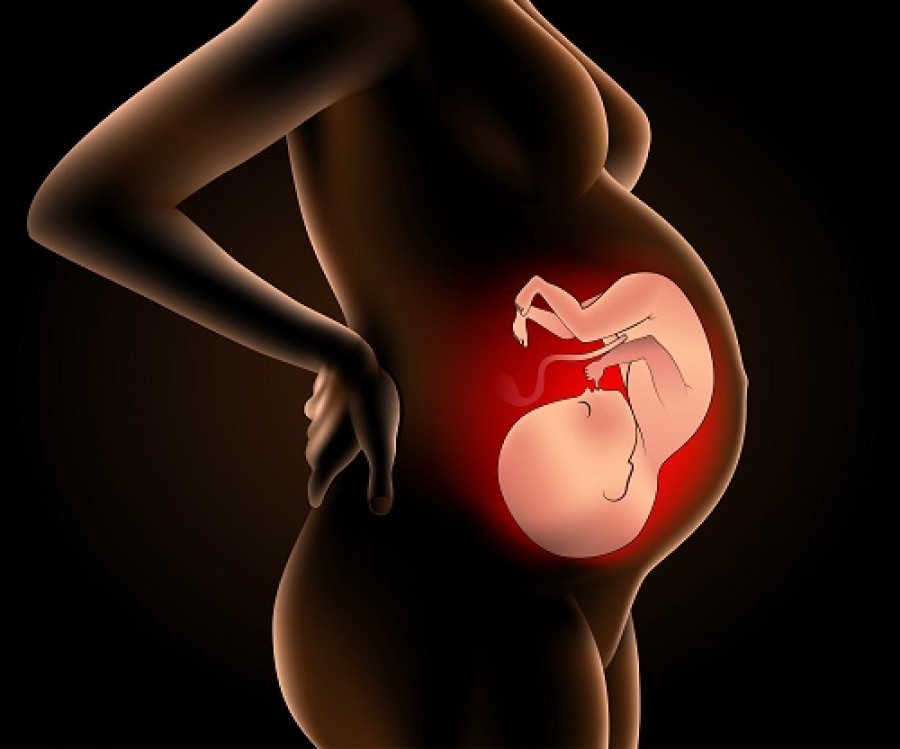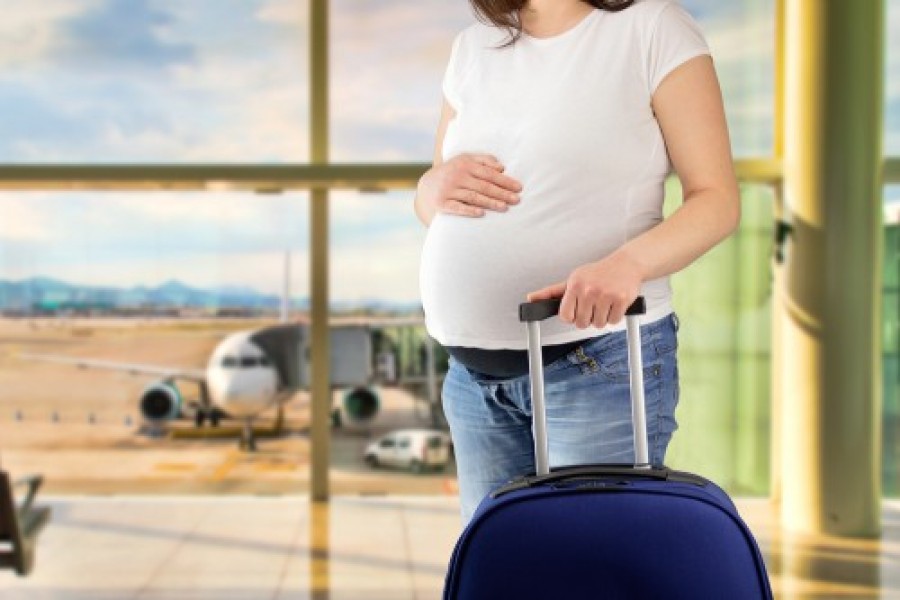How the Position of the Foetus affects Labour and Birth

There are many different factors that effect and determine how the course of your labour will go. Everything from your level of fitness to the environment where you birth plays an important role in how difficult and long your labour is. One very important determining factor in the length and difficulty of labour is foetal positioning. The position that your baby is in makes a huge difference in how your labour goes. Sometimes, there is nothing that can be done about a poorly positioned baby and a caesarean or assisted birth becomes necessary. However, by learning about the different ways a baby may be positioned as well as ways to encourage proper positioning, you can provide yourself with the best chance possible of having a smooth labour and birth.
The Different Positions a Baby Takes in the Womb
Throughout your pregnancy, your baby will be doing all sorts of turning and flipping around. Near the end of your pregnancy, your baby should settle into the perfect position for safe and efficient birthing. However, sometimes this doesn’t happen. There are several positions your baby may end up in for labour.
1. Breech Position
Breech position occurs when the baby does not turn head down and has their bum at the opening of the womb. It is possible for babies in the breech position to be birthed vaginally, but it is much riskier than a vaginal birth of a baby positioned properly.
Approximately 96% of breech births in Australia are now planned caesarean births. Of course, caesareans carry their own risks and the breech position further complicates the surgery as well. Just be sure to learn about your options and make the best informed decision you can for you and bub. There are also specific things that can be done to try to get baby out of the breech position such as an external cephalic version (ECV). This is a technique where a trained professional tries to physically turn the baby by manipulating the belly of the pregnant woman.
2. Transverse Position
In a transverse position, the baby lays sideways across the womb. Typically, in this position, the shoulder would be the part of the baby that presents at the opening of the womb. It’s not possible for a baby to fit through the pelvis this way. For this reason, caesareans become necessary if your baby doesn’t turn on their own and is unable to be turned using things such as an external cephalic version.
3. Vertex Position
When a baby presents head first with their head down at the opening of the womb, it is called vertex position. This is by far the most common and safest position for your baby to be in for birth. There are two different types of vertex position:
Anterior Vertex Position – If your baby is head down and in the anterior position, it means that they are facing your back. This is the most ideal and most common way that a baby will be positioned for birth. In an anterior vertex position, your baby’s head will more easily come down into the pelvis. They will tuck their chin and the top of their head will apply even pressure against your cervix helping it to dilate appropriately.
Posterior Vertex Position – In a posterior position, your baby lies with his or her back against your own. This can cause more back pain not just during pregnancy, but during labour as well. If your baby is in this position, it will likely increase the length and difficulty of your labour.The majority of posterior babies do end up turning before they emerge from the birth canal, but in some cases, they may come out with their face still up. These babies are sometimes referred to as “sunny side up”.
Encouraging Ideal Positioning of Your Baby
The position of your baby has a direct effect on how your labour and birth go. Most of the time, babies end up in the right position all on their own. Sometimes, however, they do not. Luckily, there are ways that you can encourage your baby to take the right position to help you both to have a smooth labour and birth experience.
1. Keep Your Hips Above Your Knees
By keeping your hips above your knees as much as possible throughout your day, you keep your pelvis tilted forward which can help to encourage your baby into an anterior vertex position. Especially think about this while sitting down. Leaning back into an armchair or driving can cause the weight of the baby to sink down towards your spine and negatively impact their positioning. Here are some things to keep in mind and try to help you achieve this:
- Turn chairs around and lean forward over the back of them
- Try placing a pillow under your bum when driving
- Sit on an exercise ball rather than a typical chair
- Spend more time up and moving around
2. Exercise Your Baby into Position
Another great thing to do when trying to encourage your baby to take on the most ideal position for labour and birth is certain exercises. Exercise during your pregnancy is important anyways, but trying a few specific things can also help with the position of your baby.
Go swimming – Swimming takes the weight off you and your body. The weightlessness and positioning brought on by swimming can help to get your baby into the perfect position for birth.
Try Yoga – Yoga can help you to relax and focus which is definitely important and helpful when preparing for and during labour and birth. Many of the positions in yoga help to provide ideal conditions for your baby to more easily get into a good position for birth.
Walk! – Walking is good for you no matter what and can be an important part of exercise during your pregnancy. It has the added benefit of possibly helping your baby to take on the proper position for birth. The upright position and gentle movement can get your baby where they need to be.
Forward-Leaning Inversion – This exercise can be extremely beneficial in getting baby into the ideal position, but it can be a little tricky. Be careful when doing this exercise and consider having a partner help you with it. First, you’ll kneel on the bed, couch or perhaps a chair. Lean forward and place your hands on the floor to support yourself. Then lower yourself down onto your forearms and hold it there for about 30 seconds. Make sure your back is straight and your tin is tucked.
Pelvic Tilts – This is a great exercise for preparing for labour and getting bub into a good position for birth. To do pelvic tilts, get down on all fours with your arms straight and spaced the width of your shoulders. Arch your back for a moment before releasing. Do this several times in a row. You can also sway your hips side to side in this position to help with your pelvis being nice and loose as well as getting baby into a good position.
Trust Your Body and Baby
Worrying about the position of your baby can be stressful and scary, but there really isn’t any reason to stress about it. Many people believe that your mindset plays a role in how things go for you so try to relax and stay positive. The vast majority of babies naturally settle in the most ideal position for safe and affective labour and birth all on their own. Even babies that start out in a less than ideal position almost always end up turning on their own. Try to just trust that your body and your baby will do what they need to do. Practicing simple things like good posture and exercising will improve your chances of an easier labour and birth. Even in the less common instances where a bub won’t get into the correct position, there are solutions that usually still lead to a safe and healthy bub which is always the most important goal.


